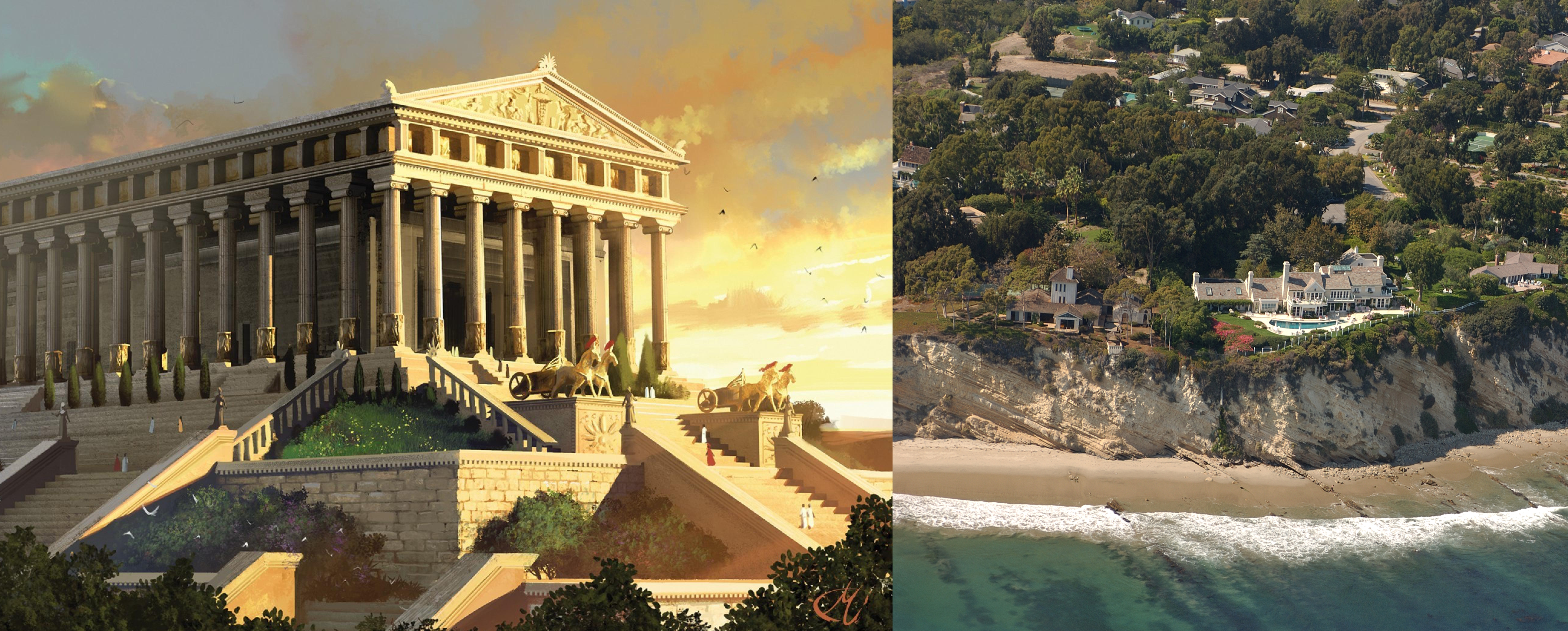
- 21 July 365 a. The temple of Artemis, one of the seven miracles of ancient times, was burned and destroyed. The pastor named Erostrato was tried and convicted as guilty of the fire. By order of the Persian king Artajerjes III.ak, the confession of the crime was obtained under torture; Erostrato’s goal was to gain fame in some way.

In a sentence handed down by the same king, in addition to condemning the culprit to death, it was forbidden to cite his name on the death penalty in order to definitively deny the end of his reputation. The Roman writer Valerio Maxima did not break this law of lamentations memoriae, did not mention the name of the home, but predicted: “It was discovered that a man had planned to set fire to the temple of Diana in Ephesus, thus destroying the most beautiful building in the world, whose name would be known.” Greek historian Teoponpo had already been informed of the fire and also mentioned Erostrato.
So the prophecy of Valerio Maxima was fulfilled and the name of Erostrato was extended to the four winds. Victor Hugo, Anton Chequhov, Lope de Vega, Unamuno, Jules Verne, Jean-Paul Sartre, Gore Vidal.. is a long list of writers citing Erostrato in his works. Miguel de Cervantes himself, in the one by Don Quixote Manchego, collected what happened with Erostrato, who was condemned to oblivion for seeking fame, but who ultimately achieved the opposite. It is significant that Cervantes receives the name of the pastor and has not appointed the king.
In 2003, singer and actress Barbra Streisand, claiming the right to privacy, sued photographer Kenneth Adelman to withdraw aerial photographs to her home and demand compensation of $50 million. Adelman argued that he made the photographs to document the wear of the California coast and that Streisand’s complaint did not flourish. In addition, the effect was negative, as the photo became viral on the network.
Since then, events with Erostrate and others are known as the Streisand effect. The Erostrato effect would have been equally known to him. But it is true that in the field of psychiatry, the search for fame by any means is called the Erostrato complex. But under torture, whether or not it is true, the effect of saying what the torturer wants has not yet been baptized with anyone's name. And there's where to choose.